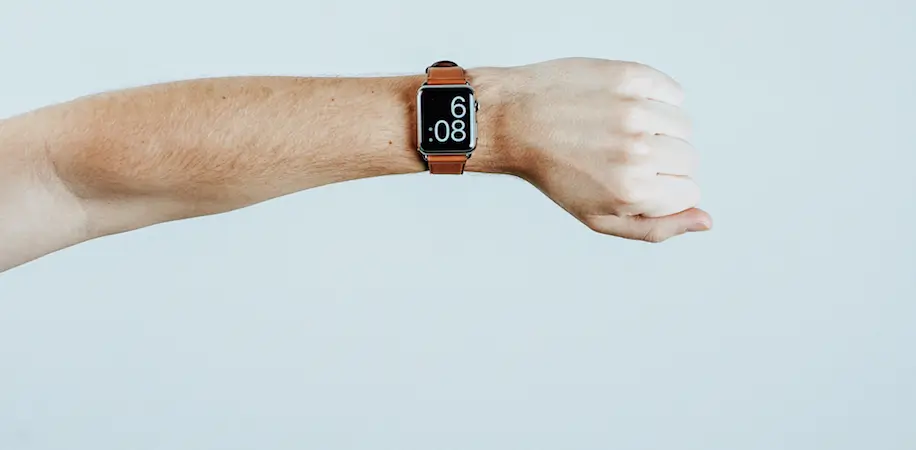
If you were a fan of Starbucks' breakfast sandwiches, you were out of luck for much of 2008. The chain stopped selling them for several months because CEO Howard Schultz didn't like the smell of cooking and, often burning, cheese. It overwhelmed the much more enticing aroma of freshly brewed coffee. (The sandwiches only reappeared after a task force addressed the odor problem). As Schultz recognized, senses play a significant role in purchasing decisions. How can you use the five senses to help propel your brand to success?
If you've taken a stroll around any shopping center recently, you've undoubtedly noticed loud music emanating from stores like Hollister and Abercrombie & Fitch; the super-sweet bakery scent wafting from Cinnabon and Auntie Anne's; and the carefully-positioned products in Apple stores, designed expressly so you have to touch them.
In The Buying Brain, Dr. Pradeep writes: "What a gorgeous, vivid, delicious, melodic, aromatic, sensual world we live in!" While other animals may have more highly attuned individual senses - dogs, for instance, have a sense of smell that is 10,000 to 100,000 times more acute than ours - humans relay on input from all of our senses. As Pradeep says, we're "generalists." What we lack in smell, we make up for in sight. What we lack in sight, we make up for in touch, and so on.
Incorporating the senses and consumer psychology in your marketing and advertising campaigns is essential. Dr. Pradeep explains how we can do this.
Visual processing occupies much more brain space than any other sense. For most of us, the way we experience and understand the world is largely through sight. According to Dr. Pradeep, 70% of our body's sense receptors are in the eyes.
The take-away for Brands:
Savvy brands capitalize on aromas to encourage consumers to spend. This is an especially powerful technique because olfactory senses are directly linked to emotional experiences. Remember the smell of spaghetti sauce or turkey dinners from your youth? Freshly mown grass? Sunscreen? Scents travel on an expressway to the brain (and to the wallet).
Panera Bread, for instance, switched its baking hours. Instead of baking at night, they do it during the day so customers are enticed by the smell of fresh goods. And at Cinnabon, even if they're not baking products, employees put sheets of cinnamon and brown sugar into the oven to release the sweet smell of spending.
The take-away for Brands:
Smell and taste are inextricably linked. If you depend on the internet, television or print ads, or other indirect means to reach customers, you may be wondering how you can exploit the sense of taste. Good question.
The take-away for Brands:
This is another sense that is intricately tied into our emotions. Lullabies, favorite tunes - they embed themselves in our minds and evoke strong memories. (Bet you can still sing the theme song of your favorite childhood show or catchy ad jingles.)
The take-away for Brands:
Touch is our most primal sense - the one we rely on most. It is, as Dr. Pradeep says, "the embodiment of sight."
The take-away for Brands:
Ninety-five of our purchasing decisions are made subconsciously. Sight, sound, smell, taste, touch - these guide consumers to purchase. When your organization can make the subconscious choices of consumers part of your conscious marketing strategy, you can achieve enhanced results.



